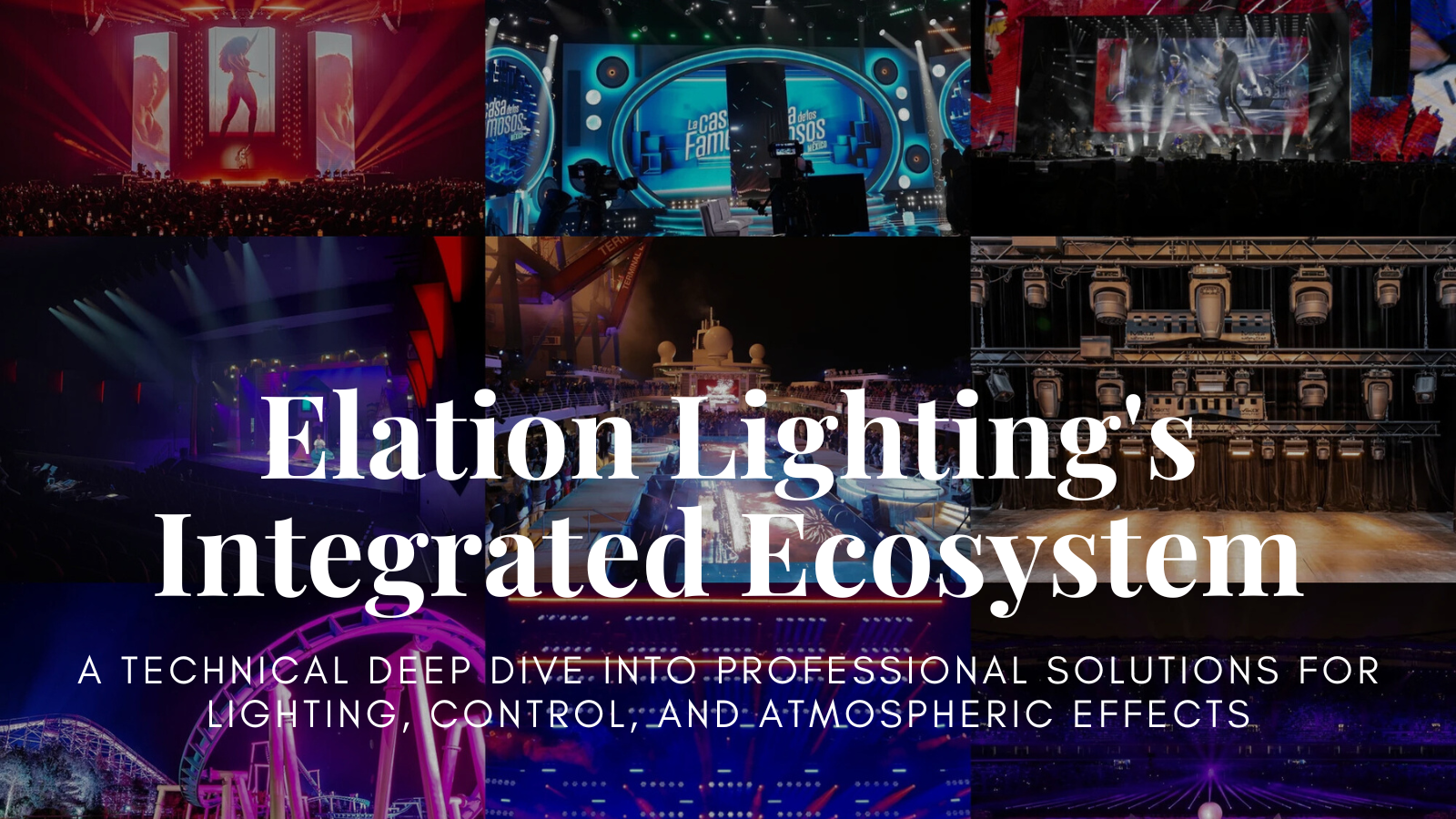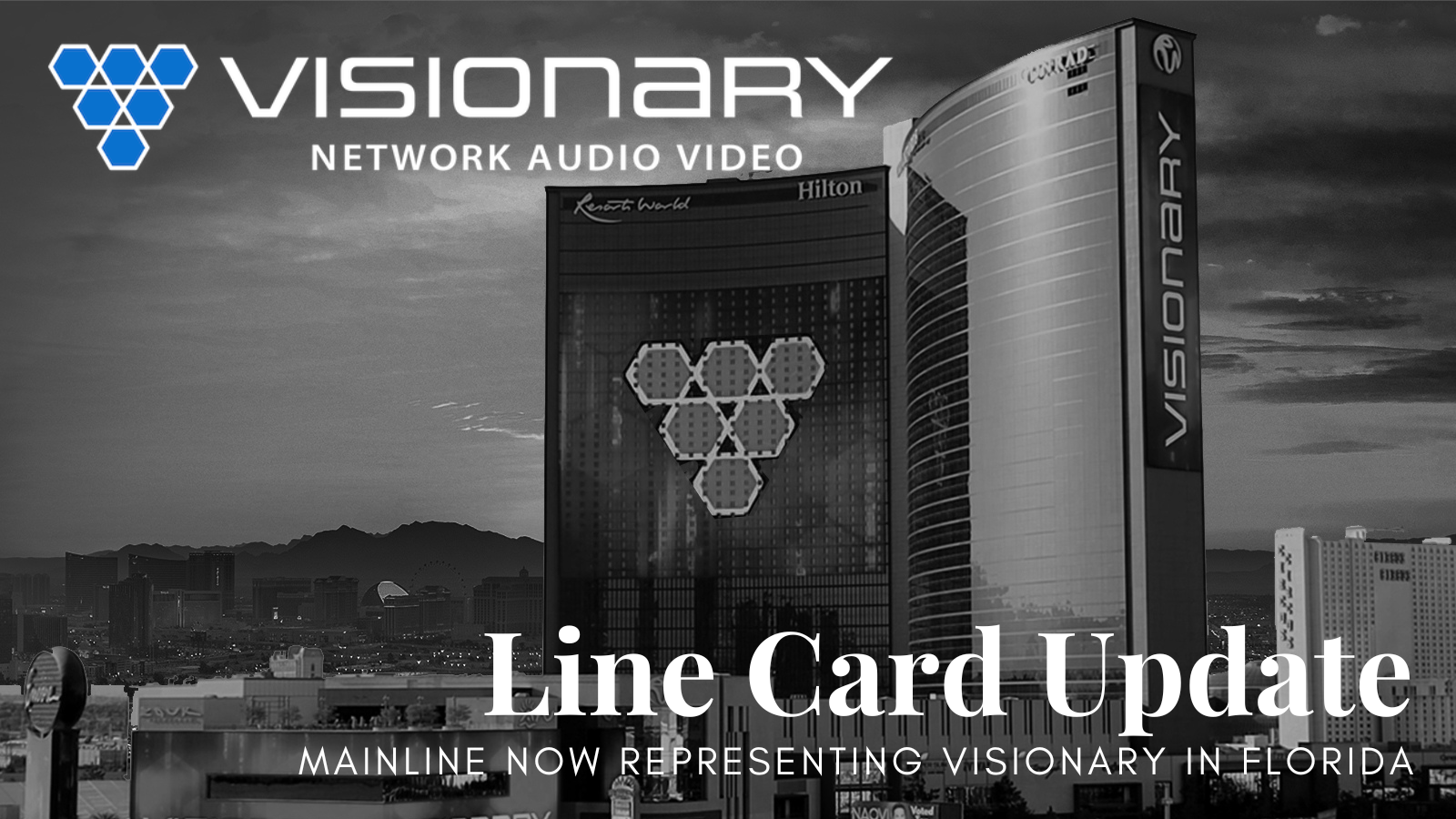Elation Lighting provides a range of products that collectively form an integrated ecosystem for professional lighting, control, and atmospheric effects. This approach is designed to meet the demands of diverse applications – ranging from theatrical productions and broadcast studios to large-scale live events and concert touring –enabling designers and technicians to deploy cohesive, high-performance systems.
Too busy to keep up with all the social media and A/V news out there? We've got you covered! Let’s get all caught up on everything you might have missed recently.
Winter Park, FL (June 4, 2025) – For over 35 years, Mainline has represented the top manufacturers in professional audio, video, and lighting. Today, we are excited to announce that Visionary have named Mainline as their new sales representatives in Florida.



